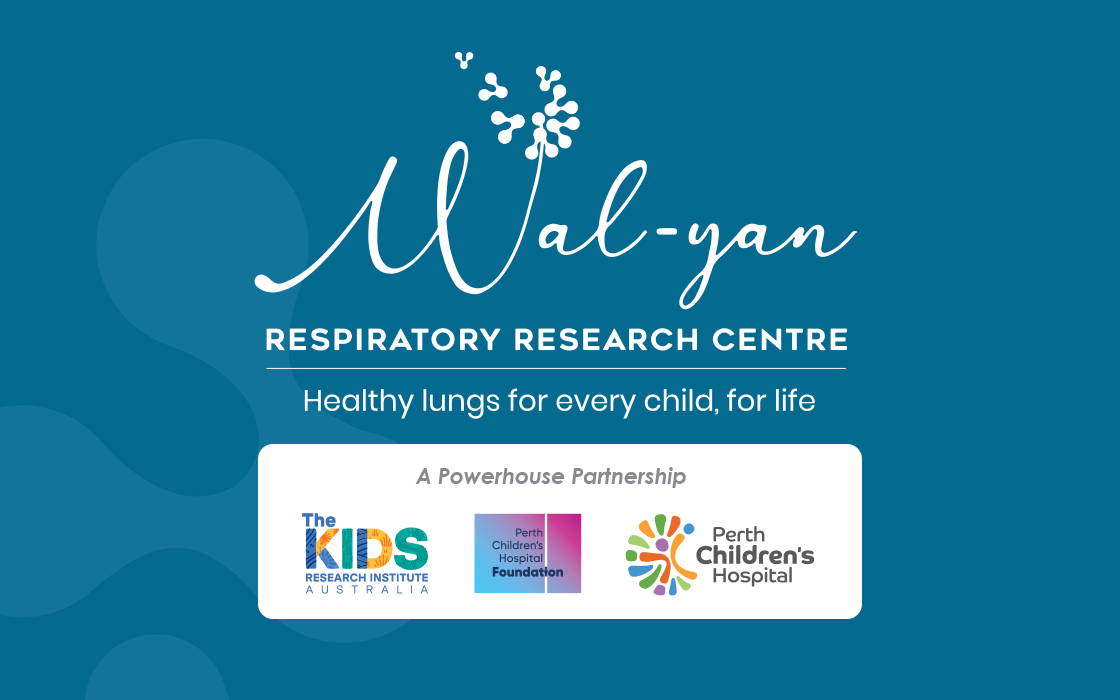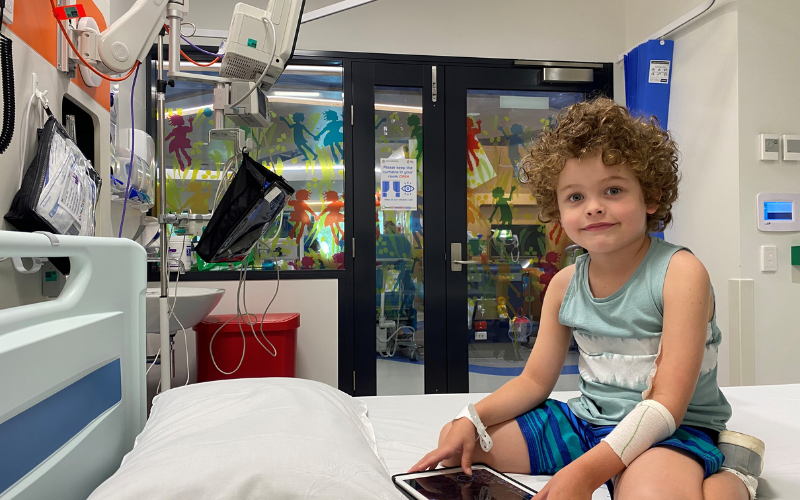Search

Changes in airway inflammation with pseudomonas eradication in early cystic fibrosis Background: Neutrophil elastase is a significant risk factor for

Gene modifiers of cystic fibrosis lung disease: A systematic review Background: Lung disease is the major source of morbidity and mortality in cystic

Development and validation of a miniaturized bacteriophage host range screening assay against antibiotic resistant Pseudomonas aeruginosa

AREST CF has a detailed catalogue of our publications spanning back to 1996.

Predicting disease progression in cystic fibrosis ABSTRACT Introduction: Progressive lung disease is the major cause of morbidity and mortality in

Meet the AREST CF researchers

News & Events
New treatment option for West Australians with cystic fibrosis one step closer thanks to generosity of Conquer Cystic FibrosisAccess to phage therapy, a treatment option for antibiotic resistant superbugs, is now one step closer for people with CF in WA thanks to a $500,000 donation from Conquer Cystic Fibrosis to the Wal-yan Respiratory Research Centre.

Leading the fight against Antimicrobial Resistance (AMR) in Western Australia.

The effect of 100% oxygen on tidal breathing parameters in preschool children Does 100% oxygen change the way children breathe? The multiple breath

Quantification of CT bronchiectasis and its relationship to ventilation in cystic fibrosis Editorial by Tim Rosenow
